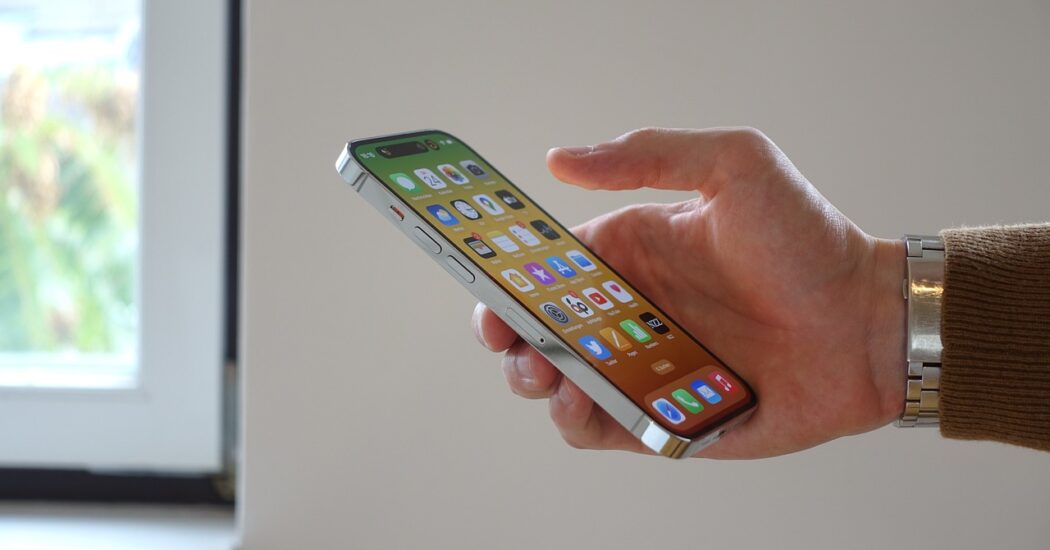If you are looking to explore the iPhone 14 camera specs in detail, this guide is tailored just for you. With advanced features and state-of-the-art technology, you’ll find everything you need to know about this powerful camera system.

Table of Contents
Introduction to iPhone 14 Camera Specs
The iPhone 14 comes with groundbreaking camera technology, designed to deliver professional-quality photos. From its high-resolution sensors to the sophisticated lens system, here’s an in-depth look at the specs and how they translate into stunning photography.
Main Camera Specifications
- Resolution: With a 48-megapixel main sensor, the iPhone 14’s camera offers detailed and sharp images. Higher resolution means more pixels, allowing for large prints and better editing flexibility.
- Lens Type: Equipped with a wide-angle lens, telephoto lens, and ultra-wide-angle lens, the iPhone 14 provides versatility in capturing various scenes and subjects.
- Aperture: The f/1.8 aperture ensures excellent low-light performance, allowing more light to reach the sensor, which results in brighter images.
- Image Stabilization: Optical Image Stabilization (OIS) compensates for hand movement, delivering blur-free shots even at slow shutter speeds.
Read more iPhone camera articles here – iPhone Camera: How To, Problems & Solutions
Tips for Utilizing the iPhone 14 Camera
Maximize your iPhone 14’s camera capabilities with these practical tips:
- Utilize Portrait Mode: Use portrait mode for impressive bokeh effects, focusing on the subject and blurring the background.
- Experiment with Night Mode: With night mode, you can take bright and clear photos even in low light. It automatically activates in dark conditions.
- Use HDR Smartly: High Dynamic Range (HDR) helps in balancing the lights and darks in a photo. Turn it on or off according to the scene for optimal results.
Common Issues and Solutions
Encountering problems? Here’s how to resolve common issues:
- Blurry Photos: Ensure OIS is enabled, keep hands steady, or use a tripod. Clean the lens if smudged.
- Overexposed Images: Adjust exposure settings manually by sliding the exposure control on the screen. Utilize HDR if needed.